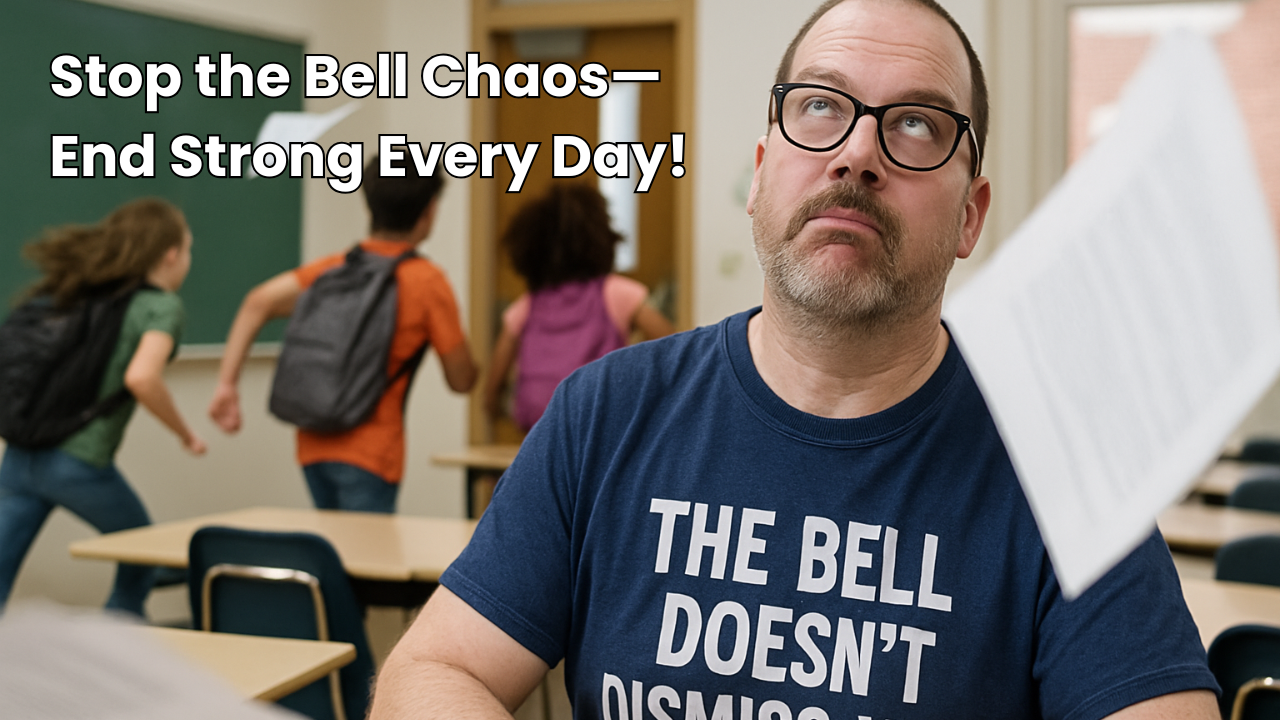
Introduction: The Problem with Traditional Assessments
Many language assessments rely on fill-in-the-blank exercises, multiple-choice questions, or isolated grammar drills. While these formats may be easy to grade, they fail to measure what truly matters—proficiency. Real-world language use isn’t about filling in missing words; it’s about communication.
The good news? Transforming assessments into real communication tasks doesn’t have to be difficult. With a few strategic shifts, you can create meaningful, engaging, and proficiency-driven assessments that reflect authentic language use. Let’s explore how.
1. Why Fill-in-the-Blanks Fail as Proficiency Assessments
Fill-in-the-blank exercises test recognition and memorization rather than real communication skills. Here’s why they fall short:
- Guessing is easy. Many students can fill in the correct answer based on context clues rather than actual understanding.
- They lack real-world relevance. When was the last time you filled in a blank while ordering coffee or asking for directions?
- They don’t promote deep thinking. Students engage at a surface level rather than using language dynamically.
How to Fix It: ✅ Swap blanks for short answer responses that require full sentences.
✅ Ask students to justify their answers in writing or orally.
✅ Provide sentence starters that require meaningful completion.
2. The Power of Open-Ended Questions in Assessment
Instead of single-word responses, open-ended tasks encourage language production. They require students to think critically and apply language in context.
Why This Works:
- Encourages authentic responses rather than mechanical recall.
- Allows students to express themselves naturally, improving fluency.
- Gives teachers better insight into language ability.
Easy Strategies to Implement: ✅ Replace “fill in the blank” with “How would you respond in this situation?”
✅ Use picture-based prompts where students describe, predict, or narrate.
✅ Provide real-world scenarios and ask for personalized responses.
3. Simple Tweaks to Traditional Exercises for Instant Impact
You don’t need to overhaul everything overnight. Small changes to familiar exercises can significantly improve their effectiveness.
Simple Fixes:
- From rote memorization to meaningful use → Instead of “Fill in the blank with the correct verb form,” ask students to write their own sentence using that verb.
- From multiple-choice to justification → Have students choose an answer and explain why it’s correct.
- From individual work to interaction → Turn assessment questions into discussion prompts where students must negotiate meaning.
✅ Give students multiple answer choices and ask them to justify their selections.
✅ Turn fill-in-the-blanks into conversation starters for peer discussion.
✅ Allow students to create their own examples to demonstrate understanding.
4. Using Authentic Tasks to Measure Proficiency Accurately
Language is meant to be used, not just tested. Proficiency assessments should mirror how people actually communicate in the real world.
Effective Strategies for Authenticity: ✅ Have students respond to a text message or email in the target language.
✅ Set up a mock conversation where they interact naturally.
✅ Ask students to retell a story in their own words with personalized details.
5. Making the Shift to Performance-Based Assessments
Performance-based assessments evaluate students based on their ability to use language effectively, rather than just recognize patterns.
Why This Works:
- Aligns with real-world language use.
- Provides a clearer picture of proficiency growth.
- Engages students in meaningful communication.
Easy Ways to Implement: ✅ Incorporate role-play activities where students must negotiate meaning.
✅ Use storytelling or journaling as a form of assessment.
✅ Record and analyze student speech over time to track progress.
Conclusion: Small Changes, Big Impact
Moving from fill-in-the-blank exercises to real communication-based assessments doesn’t have to be overwhelming. Start small—modify one quiz, tweak a question, or introduce a real-world task. These changes will help you measure what truly matters: your students’ ability to use language effectively in authentic situations.
Want to assess your own CI proficiency level? Take the CI Proficiency Quiz here: https://imim.us/ciquiz
Key Takeaways:
✔️ Fill-in-the-blank assessments do not measure real communication.
✔️ Open-ended questions encourage language production and critical thinking.
✔️ Small tweaks can make traditional exercises more proficiency-focused.
✔️ Authentic tasks better reflect how language is used in the real world.
✔️ Performance-based assessments provide a more accurate measure of proficiency.



